Will increases in hard drive capacity outpace the growing factors looking to eat HDD’s lunch?
The past year has been a difficult one for hard drive sales. Unit shipments have decreased, flash is getting steadily cheaper, and the Big Three hard drive manufacturers have posted losses in recent earnings reports. But don’t count out HDD just yet, particularly for use cases in larger data centers.
In fact, a closer look shows that HDD’s troubles aren’t primarily due to reduced flash prices, though that is a consideration for SMBs and enterprise. For now, the biggest factors are reduced nearline demand, a sharp decline in the consumer PC market, and continued issues with the global supply chain. All of the above are aggravated by the gloomy financial outlook.
However, hard drive capacity continues to grow at a steady clip. Western Digital, Seagate, and Toshiba have all laid out ambitious roadmaps for the years ahead, with hyperscalers in mind. Here’s a look at the current state of the hyperscale HDD market, and the factors which will shape its future.
A Hard Year for Hard Drives
Hard drive sales have seen a sharp dip since last year. A TrendFocus report shows that in 4Q2022, suppliers shipped somewhere in the range of 35.2-36.40 million units. That puts the decline in unit shipments in the range of -42.5% to -40.5% y-o-y. Nearline unit shipments, the backbone of sales, was hit hard as well, declining 42% y-o-y.
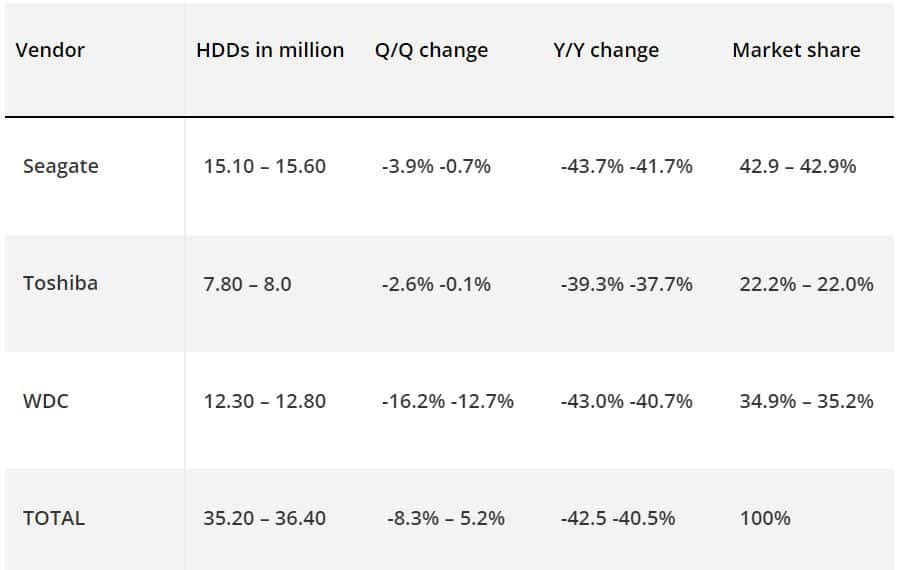
Decline in unit shipments translated into decline in revenue for the Big Three. In Fiscal 3Q2023, Seagate saw a 33.6% y-o-y decline in revenue, and a staggering loss of $433 million in profits. Western Digital saw a 35% y-o-y decline in revenue, and a $572 million loss in profits. In addition, Toshiba saw its full-year net profit fall by 35%, including a 30.4% decline in operating profit.
Not So Fast
So what’s behind the decline? Has the age of flash dominance come at last? Or can hard drives still spin it to win it?
Like most matters in tech, it’s complicated. Hard drives aren’t the only devices affected by decreased demand. Chipmakers have slashed production, and reduced demand has led to huge losses for fabs and designers alike. In 1Q2023, Micron posted its first loss in five years, and saw a 47% y-o-y decline in revenue. Samsung’s 4Q2022 profits hit an 8-year low.
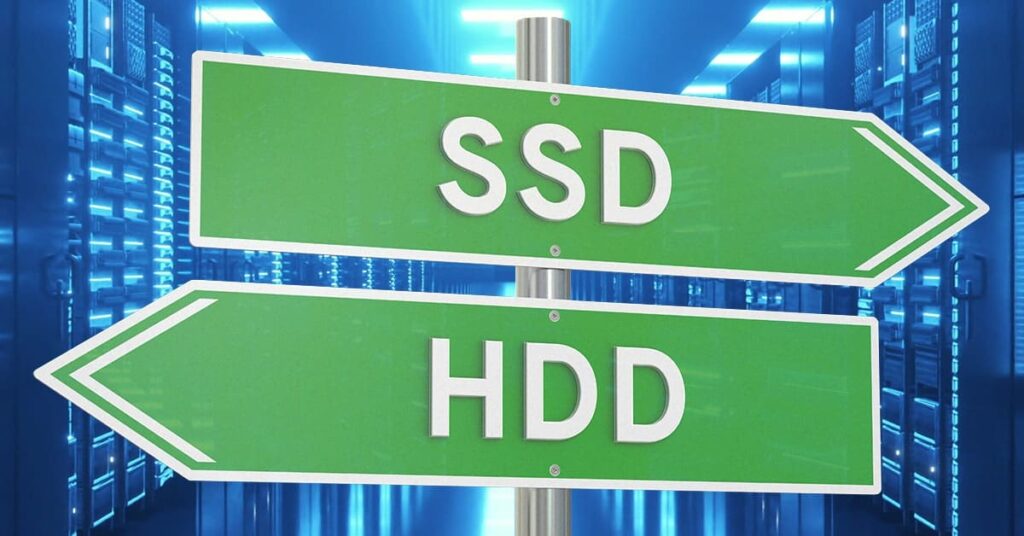
Unsurprisingly, all-flash proponents such as Pure Storage has used the HDD slump to insist the end of HDD is nigh. However, NAND manufactures are also suffering from depressed demand.
The problem isn’t just with storage, either. Last year, processor sales saw their biggest decline since 1984. Intel recently lost $2.8 billion, the largest loss in its history.
Long story short: HDD manufacturers are hurting, but the same is true for many sectors with the tech industry. Part of it is likely due to the lingering effects of the pandemic. According to Summit Insights analyst Kinngai Chan, the decline in PC sales, and hence consumer storage devices, is partly a return to earth from the sky high demand during the pandemic. Other causes include a glut of high capacity HDD in the supply chain.
COVID lockdowns also depressed demand from Chinese hyperscalers, affecting Seagate in particular. More broadly, component shortages make it more difficult for hyperscalers to deploy new systems. This reduces the amount of new storage devices those centers can absorb.
The bottom line: there’s no current evidence that HDD is on its way out. With shortages receding and AI coming into its own, many firms anticipate a considerable surge in demand as enterprises look to channel the continuing surge in data, monetizing it via analytic insights.
Onward and Upward
The decline in hard drive unit shipments, while a setback, certainly hasn’t discouraged the Big Three from making big plans to ramp up hard drive capacity. With 20TB drives in the bag, they’ve set their sights on more ambitious milestones, and are developing innovative tech to reach them.
Full of Surprises: Western Digital
Western Digital was the first firm to reach 20TB, sending out samples of nine platter EAMR drives at the end of 2019 which were then widely available the following year.
Now, WD has four different 22TB drives on the mass market aimed at different use cases: the WD Gold for servers and workstations, the WD Purple Pro for video surveillance, and the Ultrastar DC H579 for its cloud customers, which include Dropbox. They’ve pushed for speed as well: their new 20TB Ultrastar DC HS760 is the fastest HDD ever made, with a 582MB/s transfer rate.
The firm’s coup de grace was the surprise release of its 26TB DC H670 UltraSMR, which hadn’t appeared on its earlier roadmap. As the name suggests, this drive employs a new spin on shingle magnetic recording (SMR).
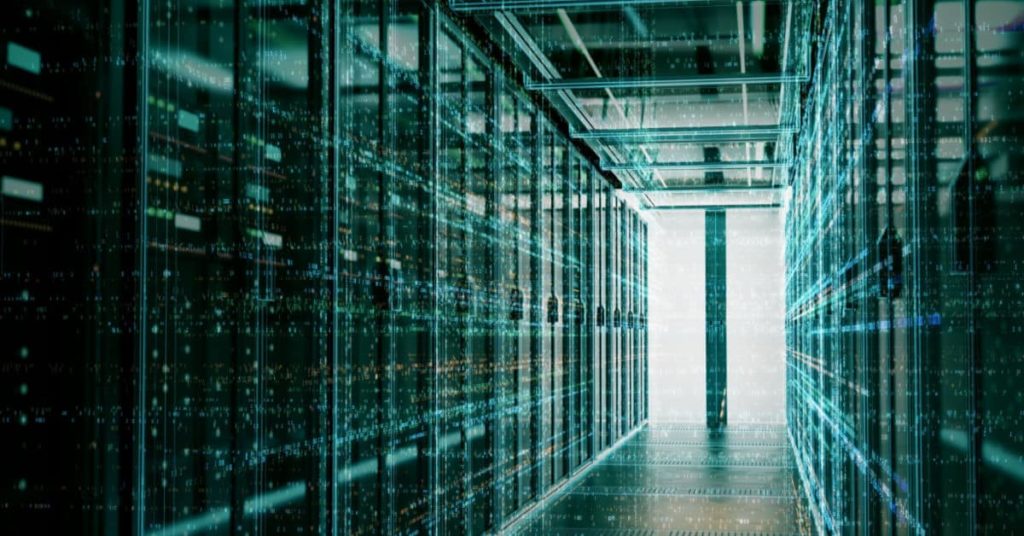
As HDD manufacturers race to pack in the terabytes, SMR drives have been a key part of their roadmaps.
With regular SMR drives, tracks are partially overlapped in order to increase storage density, although the technology comes with performance limitations. In WD’s UltraSMR, platters overlap write tracks in blocks, without overlapping the narrower read tracks. While write speeds remain slower than non-SMR drives, the read speeds of UltraSMR drives are on par with their conventional counterparts.
Last year, WD also shared an updated roadmap.
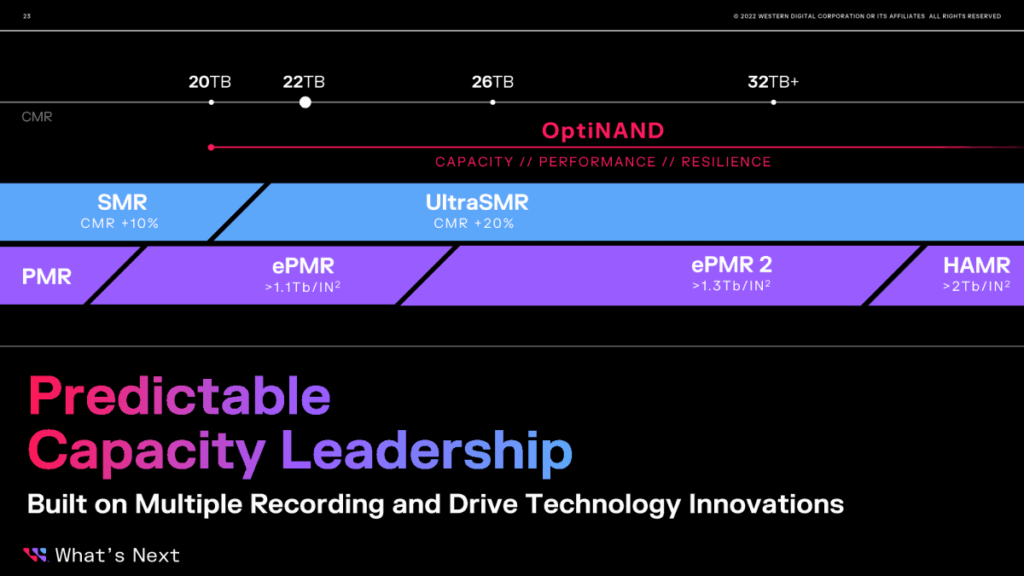
While the roadmap gives no dates, it reveals the importance to WD of 2nd generation ePMR in order to increase capacity. It also shows the firm’s continued use of its OptiNAND tech. This is an embedded flash drive that increases capacity by 10% by storing metadata when the disk drive performs a refresh. These periodic refreshes are necessary in order to correct for adjacent track interference in densely packed drives.
Seagate’s Menagerie of Drives
Seagate has a veritable zoo of 20TB hard drives on offer, with newer models around the corner. It has mass marketed its Exos X20, its SkyHawk surveillance drive, and has shipped its Osprey STL022, a 22TB SMR drive, to select customers. SMR drives account for 30% of its nearline exabyte shipments, and it plans to increase SMR capacity by a further 10%.
Now, Seagate is doubling down on HAMR technology. The firm announced at the end of April that it was shipping samples of a 30+TB HAMR drive. In their latest roadmap, it plans to introduce 40+TB drives in 2024, and 50+TB drives in 2025-6. All of these drives will utilize Seagate’s Mach-2 HAMR technology. This allows for 3TB disks, compared to the 2.2TB disks in its SMR drives.
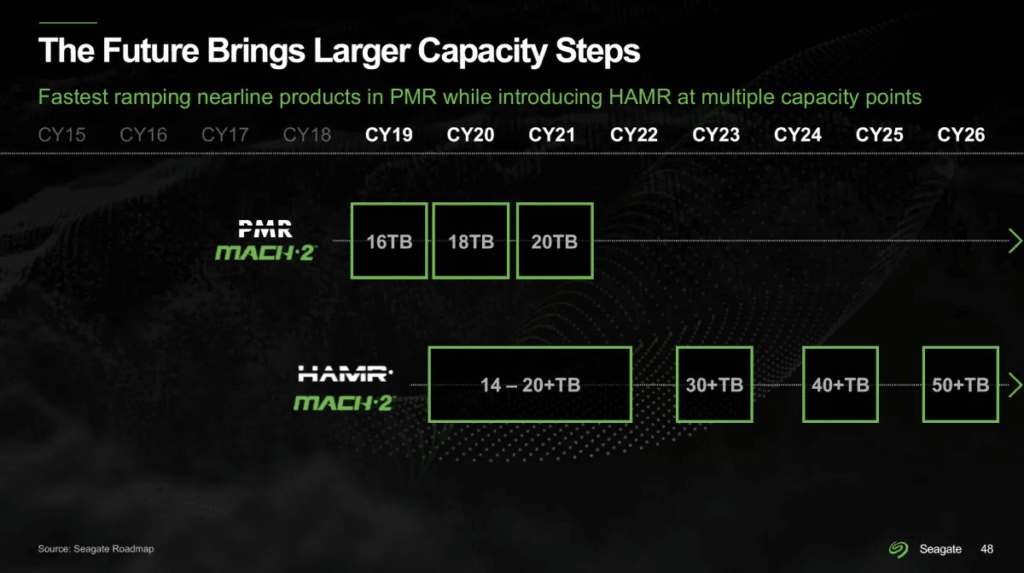
For years, Seagate’s promise has been that HAMR is the key to mass producing high capacity drives, which is in turn necessary if HDD is to remain the cheaper option for hyperscalers in the long-term. Gen-2 HAMR isn’t just another milestone: the long-term prospects of nearline HDD, and of Seagate, may depend upon its success.
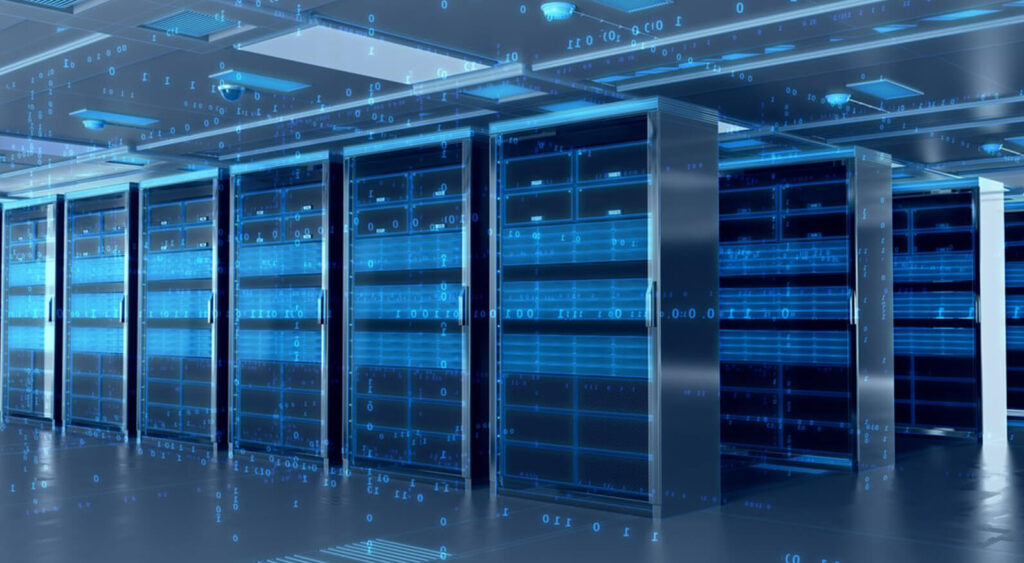
In 2021, Seagate pioneered the development of the first truly NVMe native HDD. Since NVMe flash continues to grow in market share, NVMe HDDs will greatly simplify the mixing and matching of HDDs and SSDs within data centers.
Toshiba’s Transition
The third platter plotter, Toshiba, has a lot on its plate lately, having just accepted a $15.3 billion offer from Japanese Industrial Partners to take the company private. Nonetheless, the firm is pushing to stay competitive in the race for hard drive capacity, and has released some goals to that effect.
Last year, Toshiba set 2024 as a date for 30TB hard drives. Another goal is for its nearline shipped capacity in FY2025 to be double what it was in FY2020. Toshiba hopes to expand its global market share past 24+% by 2025, up from 17% in 2021.
Toshiba’s primary tool for upping capacity is its MAS-MAMR technology. That’s a variation on microwave assisted magnetic recording (MAMR) which enables a lower current in the write head, allowing for more narrowly focused recording locations.
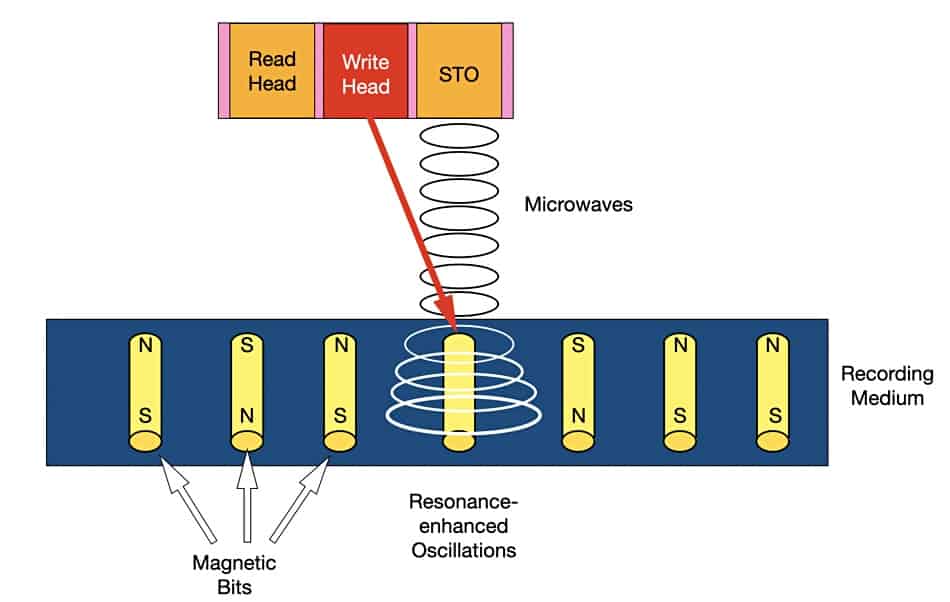
Toshiba is also rethinking its supply chain. The company previously only manufactured hard drives in the Philippines, but it is now installing assembly lines—together with Chinese firm TDK—in the latter nation’s Guangdong province.
Fortune Favors the Diverse
For now, the outlook is that HDD is still very relevant, although its range of use cases may shrink over time, as was the case with tape storage. While HDD isn’t dead yet, hard drive manufacturers are being increasingly careful not to put all of their eggs in one basket.
For instance, Western Digital also has its eyes firmly on flash, with plans to mass-produce 162-layer NAND. To aid with production, it is collaborating with Kioxia to build a new fab in Japan. The two firms have also resumed merger talks. WD has also partnered with Samsung to standardize and encourage adoption of zoned storage for SSD. The firm has even dabbled in tape storage, taking out patents on “tape embedded drives“. In such drives, the read/write head is included within the media itself, as in HDD.
Out of the Big Three, Seagate is the most dependent on hard drive sales. It has still worked to keep its options open, with forays into object storage, applications of A.I. in production, partnerships with media file transfer services, and even DNA data storage.

DNA data storage may be in its infancy, but it has the potential to revolutionize archival storage.
Seagate has also developed a special controller architecture for its Exos X storage array. The architecture is self-healing, automatically detecting and fixing corrupted data.
Uncertainty and Promise
There’s still a lot of innovation and ambition being brought to bear on spinning media. This is especially true when it comes to nearline drives used by hyperscalers, as manufacturers ramp up hard drive capacity to ensure HDD stays relevant for years to come.
For any particular use case, no one can say for certain just how quickly flash will become cheaper. Given this, it’s only sensible that HDD manufacturers are ensuring they aren’t one-trick ponies. But their ambitious roadmaps alone suffice to show that the story of hard drives has chapters yet to be written.
At Horizon Technology, we know all about data center HDD. For practical support with managing jumps in hard drive capacity now and in the future, get in touch.











